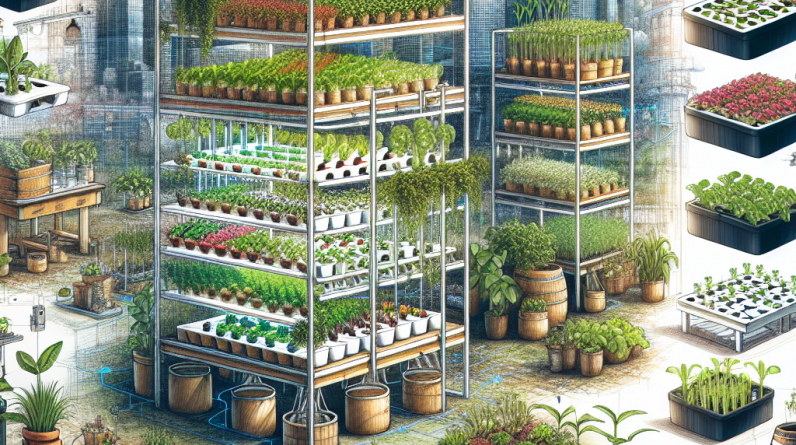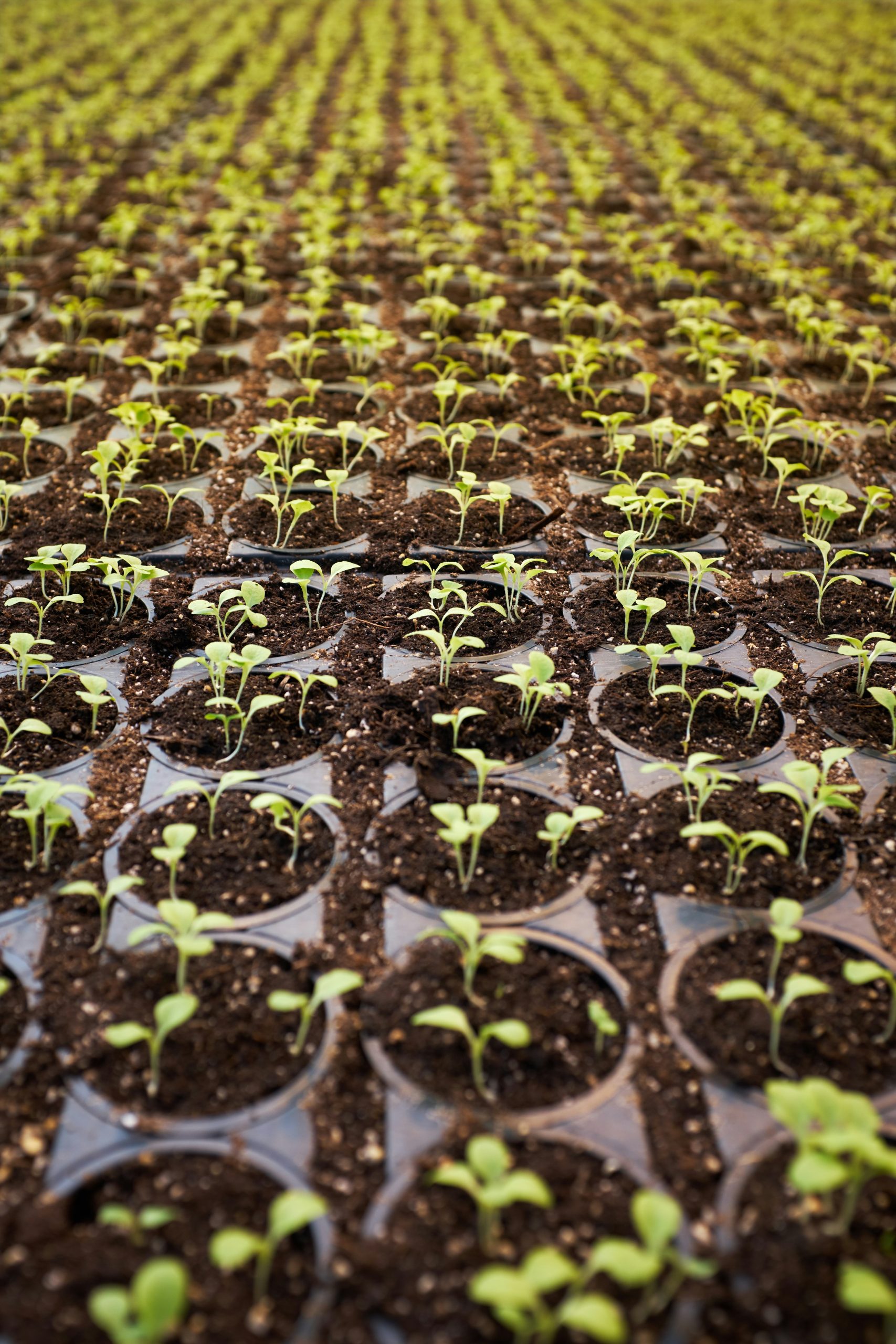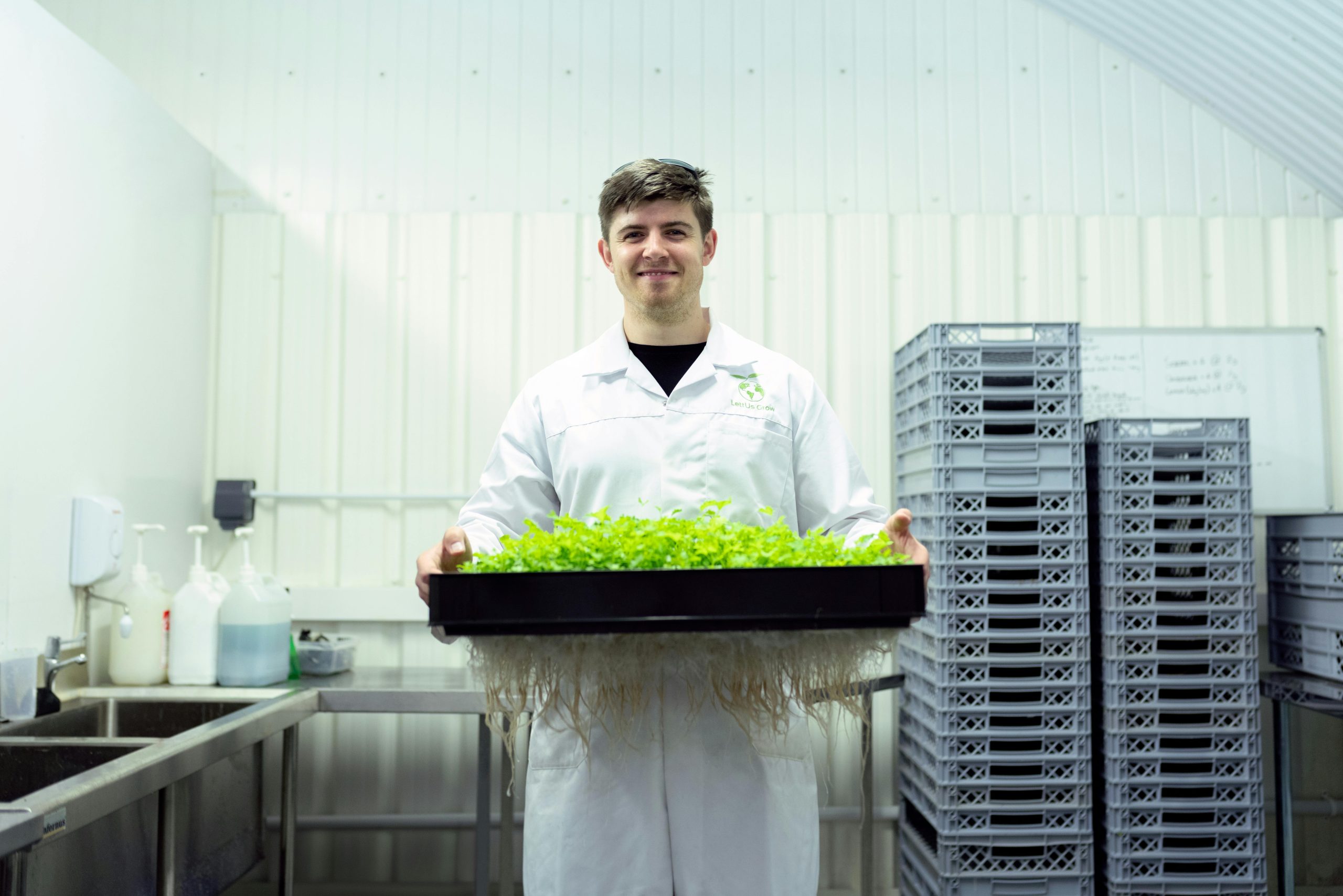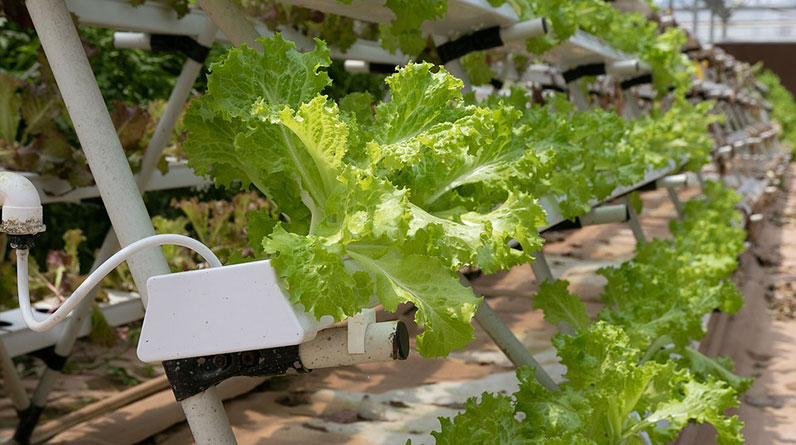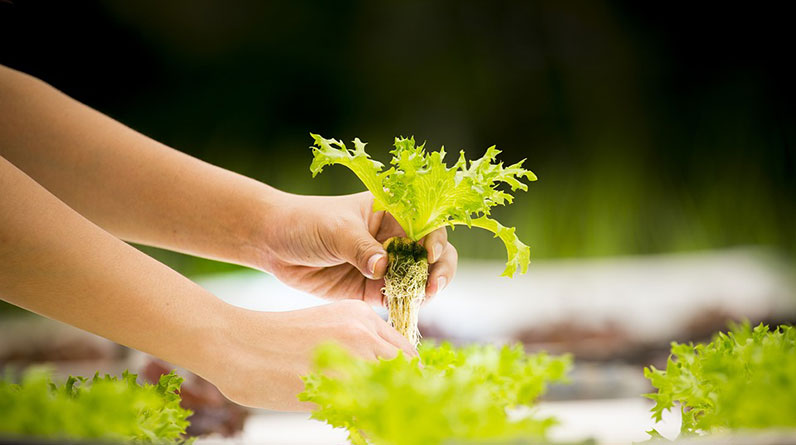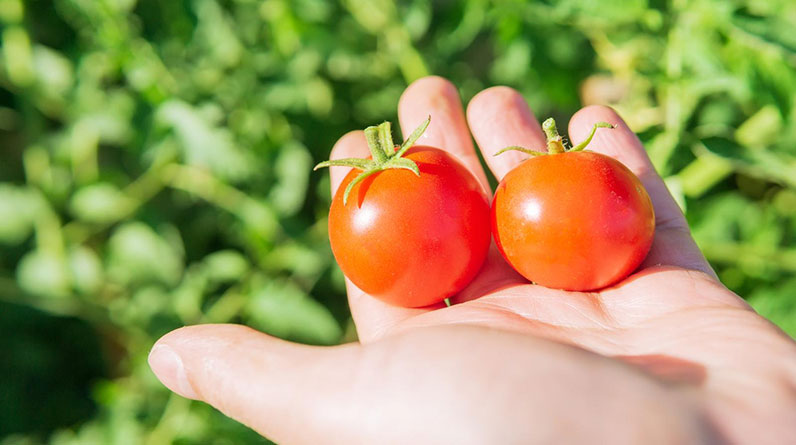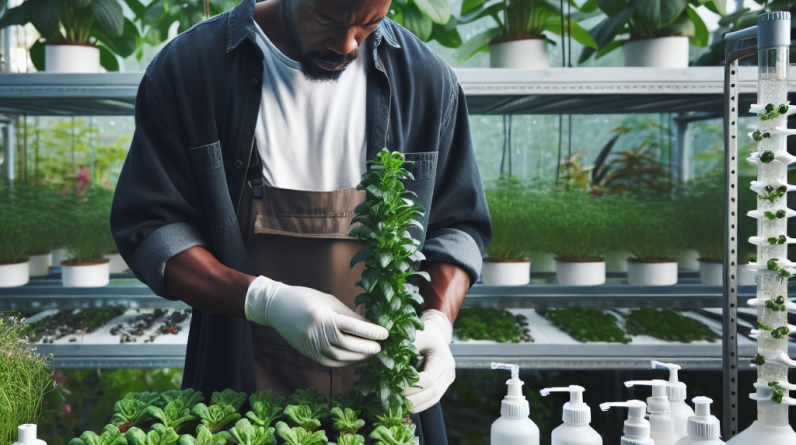
Pest Identification
Understanding Common Hydroponic Pests
To effectively protect your plants, the first step is understanding who your enemies are. In my hydroponic garden, I’ve encountered a variety of pests such as aphids, spider mites, and whiteflies. These little buggers can wreak havoc if not controlled early on.
Each pest has its own habits and preferences, so taking the time to learn about each one is crucial. For instance, aphids love young plants and tend to cluster on new growth. Meanwhile, spider mites thrive in dry conditions and can be easily overlooked due to their small size.
Once you can identify your pests, you can start to see their damage more clearly. Look for signs like discolored leaves, webbing, or sticky residue. The quicker you can spot these warning signs, the better your chances of keeping your plants healthy.
Monitoring Your Plants
Monitoring is key when it comes to pest control. I recommend checking your plants daily; this might sound tedious, but it’s truly effective. By carefully observing your plants, you can quickly notice any changes or disturbances.
Consider keeping a journal or notes on what you see each time. Maybe you’ll pick up on patterns—for example, certain pests might appear after a change in temperature or humidity. I’ve found this method to have helped me make timely interventions.
Don’t forget, the earlier you notice a pest, the better your options for controlling them. Your goal should always be to catch pest problems before they get out of hand.
Using Traps for Detection
One fun way I’ve found to keep an eye on things is by using sticky traps. These bright yellow cards can attract certain pests like aphids and whiteflies. Just hang them around your hydroponic setup, and they’ll catch pests as they fly by.
Make sure to check the traps regularly. If you notice a lot of pests caught, it’s time to take action! Take note of what type of pest is showing up, so you can tailor your pest control strategy accordingly.
Not only are these traps practical, but they can also be a fun way to monitor the health of your system! Plus, they’re chemical-free, so you can maintain a natural growing environment.
Preventive Measures
Creating a Clean Environment
Prevention is often the best strategy. One of my go-to strategies has been to maintain a clean hydroponic system. Regularly clean surfaces, tools, and containers to minimize the chances of pests finding a home in your setup. I’ve learned the hard way how a little neglect can attract unwanted guests!
Consider regularly trimming away any dead or dying plant material as well. This not only helps with cleanliness but also reduces the places pests can hide and breed. Believe me, your plants will thrive more without the clutter!
Additionally, make sure that water and nutrient solutions are properly managed. Stagnant water can become a breeding ground for pests. A clean, vibrant environment is less attractive to those pesky bugs and critters.
Choosing Resistant Plant Varieties
When starting a new crop, I always look for plant varieties that are known to be resistant to certain pests and diseases. It’s like having a built-in defense system! For instance, some basil varieties are naturally pest-resistant, which allows me to grow without the constant worry.
Before planting, do your research and reach out to local growers or hydroponic suppliers for their advice. Trusted resources can guide you to the best resistant strains suited for hydroponic systems.
Remember, it’s always better to be proactive than reactive. A little planning at this stage can save you a ton of trouble down the line!
Maintaining Optimal Conditions
Did you know that many pests thrive in unfavorable conditions? That’s why maintaining the right environmental parameters within your hydroponic system is vital. I’ve found that keeping humidity, temperature, and light levels within the optimal range reduces pest problems significantly.
For instance, I monitor humidity with a hygrometer, aiming for levels that are not too high to avoid mold or pests. If you’re running a tight ship, pests aren’t as likely to move in.
On top of that, ensuring that your plants are healthy and vigorous gives them the strength to resist pest attacks. A stressed plant is a magnet for pests, so do your best to keep them happy and thriving!
Natural Pest Control Solutions
Insecticidal Soaps
Insecticidal soaps have become my best friend in the garden. These soaps target soft-bodied insects, and they’re safe for both plants and beneficial insects when used correctly. I’ve seen miraculous results after a simple spraying!
When applying these, do it in the evenings to avoid direct sunlight. It’s essential to coat the pest thoroughly, so pay extra attention to the undersides of leaves. Those sneaky pests love to hide there!
It’s also wise to follow the instructions closely and test a small area first. I’ve learned that even natural solutions can have unexpected effects, so better safe than sorry!
Neem Oil
Oh, neem oil! This stuff is incredible! Extracted from the seeds of the neem tree, it’s a natural pesticide that disrupts the life cycle of pests. I’ve used it on everything from spider mites to aphids, and it does the job beautifully.
When using neem oil, remember to dilute it properly as directed. It’s generally safe for most plants but can cause some leaf burn if used improperly. I usually apply it weekly to make sure I keep those pests in check.
The best part? It’s safe for my hydroponic system as well. Here’s to keeping both pests and synthetic chemicals out of my garden!
Beneficial Insects
If you want to go all-natural, consider introducing beneficial insects. Ladybugs and lacewings are two of my favorites. They feed on pests like aphids and can be an excellent addition to your hydroponic setup.
Before releasing them into your space, make sure your plants are well established. These little helpers need food and shelter to thrive, and if they don’t find it, they might just pack up and leave.
It’s like bringing in the cavalry for your plants! I’ve had great luck using beneficial insects—they’re not only effective, but they also make my garden feel more alive.
Regular Maintenance and Monitoring
Routine Inspections
Just like any good operation, routine inspections are non-negotiable. I’ve carved out a specific time each week just for checking my plants for any sign of pests. It’s a helpful practice that I encourage all hydroponic gardeners to adopt.
During my inspections, I don’t just look for pests; I pay attention to plant health overall. Yellowing leaves, wilting, or stunted growth can all be indicators that something is off. Early intervention can make all the difference!
I find that keeping a visual record of my plants on inspection days helps track their health over time. Oh, and it’s satisfying to look back and see how far they’ve come!
Adjusting Care Practices
After inspections, I often find that adjusting care practices is my next step. For example, I may need to change my watering schedule or tweak the nutrient mix. Every plant has its specific needs, and sometimes, slight adjustments can strengthen defenses.
I keep a close eye on nutrient levels and pH—as these factors can affect plant growth and vulnerability to pests. A well-balanced environment can prevent pest infestations before they start.
Remember, what works for one plant may not work for another. Keep an open mind and be willing to adapt your practices to suit each plant’s individual needs!
Keeping Records
Keeping detailed records can be a game-changer. I suggest jotting down notes of what works and what doesn’t in controlling pests. You’ll start to notice patterns and will be able to predict issues before they arise.
Track everything from pest sightings to the success of preventive measures. This way, you can refine your pest control strategies year after year. Plus, it makes it easier to share your results with the gardening community!
So, I recommend that every time you take action, note it down. Your future garden self will thank you for being organized!
Conclusion
With the right strategies and a little effort, you can protect your precious hydroponic plants from pests. Whether you’re monitoring diligently, using natural pest control solutions, or keeping a clean environment, each step adds up to a healthier garden.
Remember, pest control doesn’t have to be overwhelming. By taking it one step at a time and implementing these tips, you can maintain a thriving hydroponic system.
FAQ
1. How often should I inspect my hydroponic plants for pests?
I recommend inspecting your plants at least once a week. Daily checks can be beneficial too, especially during pest-prone seasons.
2. What are some common pests that affect hydroponic systems?
Common pests include aphids, spider mites, whiteflies, and fungus gnats. Knowing what to look for will help you catch them early.
3. Are insecticidal soaps safe for my plants?
Yes, insecticidal soaps are generally safe when used as directed. Just make sure to spray them at the right time (preferably in the evening) to avoid leaf burn.
4. Can I use beneficial insects in my hydroponic garden?
Absolutely! Introducing beneficial insects like ladybugs can effectively control pests without using chemicals.
5. What should I do if I find pests on my plants?
If you spot pests, act quickly! You can use insecticidal soap, neem oil, or introduce beneficial insects to help you manage the infestation.


